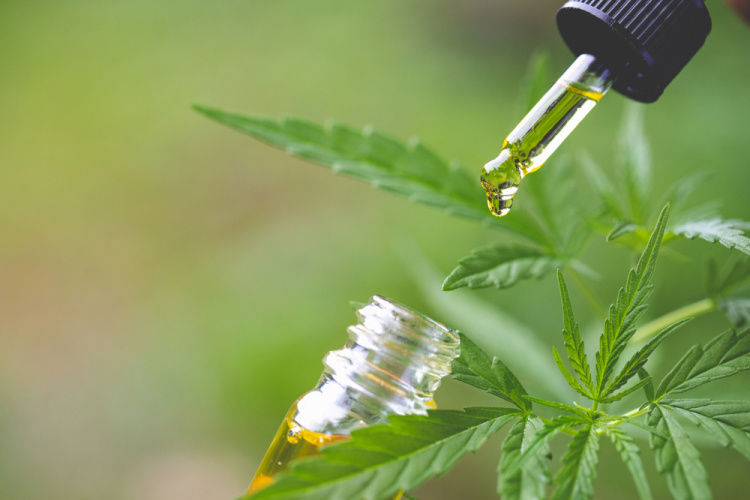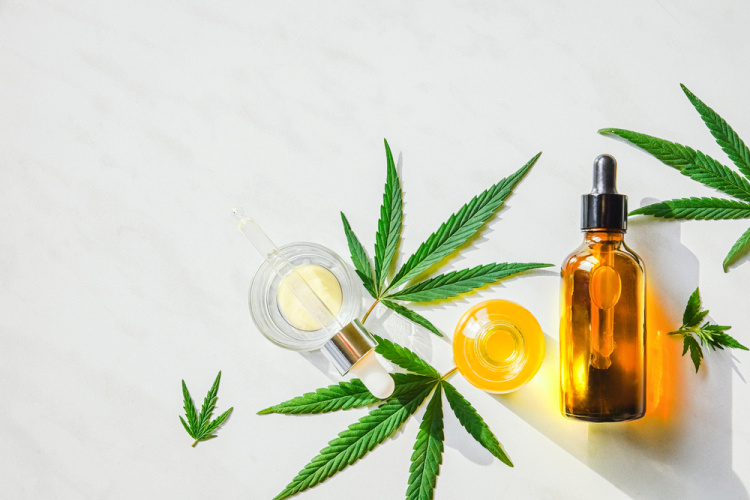
THC, CBD, & Other Popular Cannabinoids
Besides being a wholly natural, plant-based medicine, cannabis is special in that it contains not just one but more than a thousand medicines. The most active of these are called “cannabinoids”—we often describe them as the plant’s most important marvel. A family of some 150 natural compounds, cannabinoids interface with our bodies through a network called the Endocannabinoid System (ECS). And while the ECS was only identified in the past several decades, some research suggests that it’s one of our body’s most important regulatory networks. This is, in large part, what makes the cannabinoids so important.
Known cannabinoid receptors reside in both our brains and spinal cords. You’re probably already familiar with the two most abundant cannabinoids, THC and CBD. THC accounts for anywhere from 2% to more than 25% of cannabis flower by weight, depending upon the strain and its specific THC levels.
THC is also one of the cannabinoids responsible for the cannabis plant’s distinctive euphoria, but it does much more than just provide intoxicating effects. In some patients, THC may exhibit a powerful, pain-fighting effect, in part, because of natural anti-inflammatory actions that deploy and may help moderate our experience of pain. Beyond this, THC may help manage insomnia, soothe nausea, and stimulate our appetites.
What about CBD? The “second cannabinoid” is currently being studied for a variety of medically useful effects, including its purported ability to fight inflammation and pain and reduce anxiety and stress. CBD is also the basis for Epidiolex, the very first cannabis-derived medication to win FDA approval. Used to treat certain types of seizures, its lack of intoxicating effects makes it particularly suitable for pediatric use.
The Effectiveness of Different THC and CBD Ratios

Please note that qualifying conditions vary by state, and the information relating to qualifying conditions may not apply to cannabis patients in all states.
Product availability also varies based on state program restrictions and rules, so the products discussed may not be available in all states. Be sure to check with your local Green Goods location about the products available in your state!
